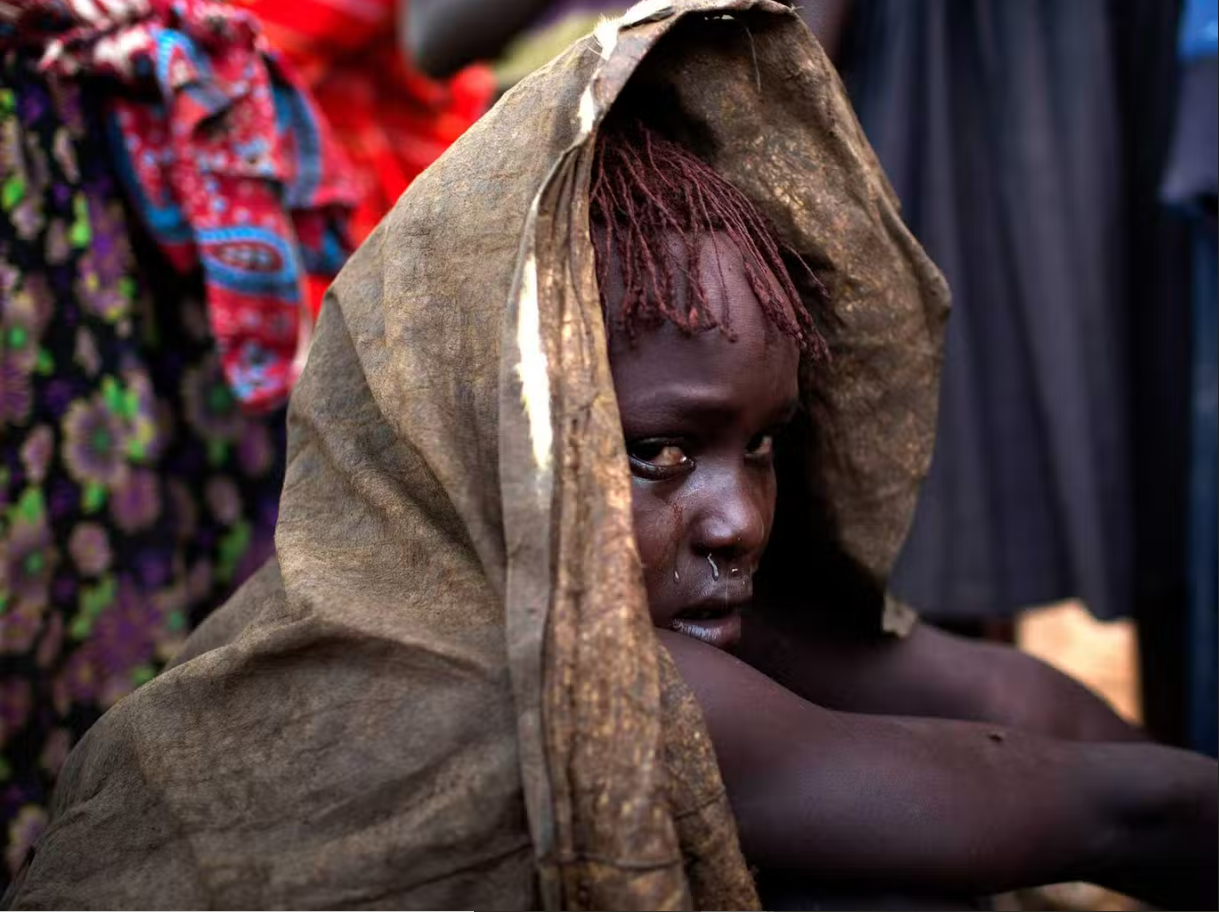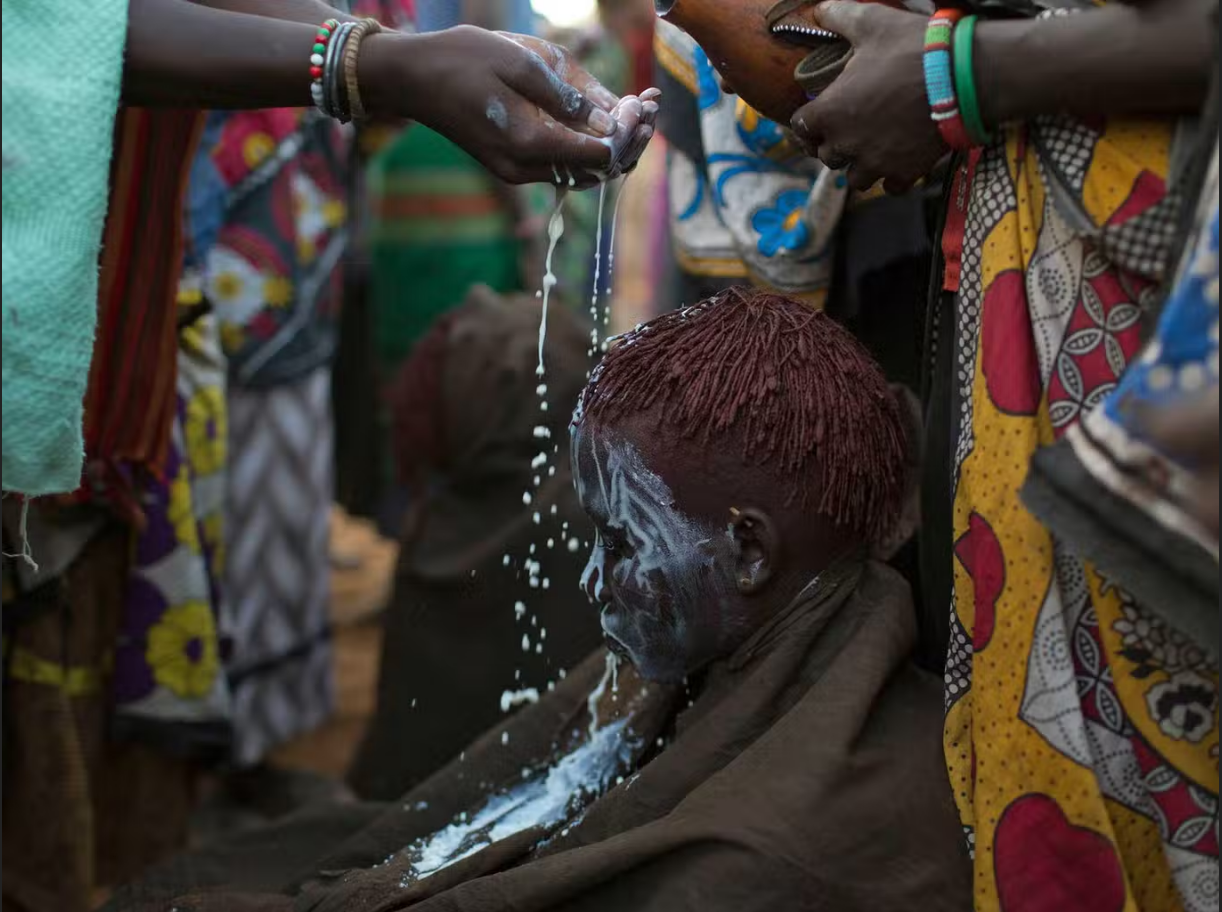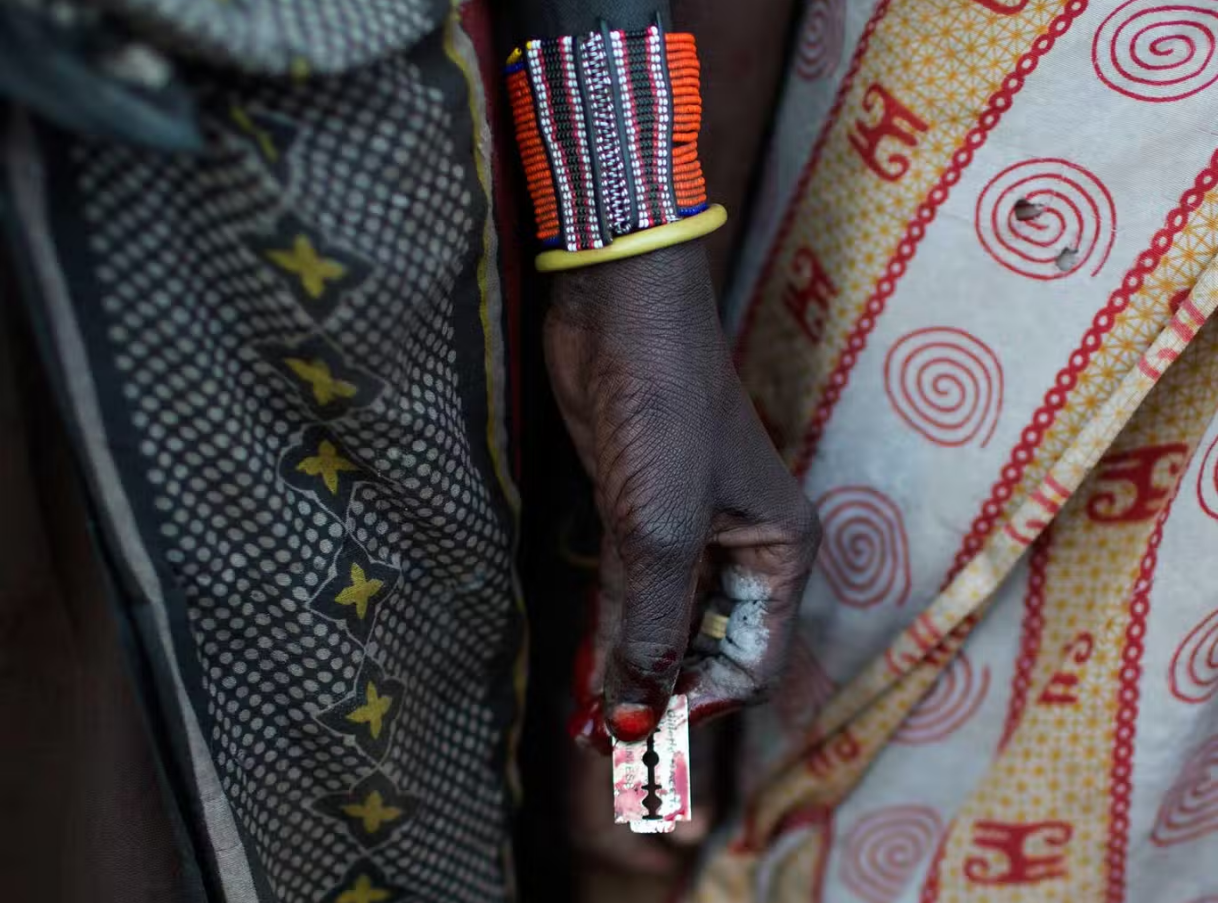Female Genital Mutilation: A Horrific Human Rights’ Violation
At seven years old, Hoda Ali was circumcised. She had been excited for the procedure, seen in her community in Somalia as a rite of passage. This changed when she turned 11 and became seriously ill due to the dangerous side effects of Female Genital Mutilation (FGM). She almost died, and later in her life she was unable to have children. This is the reality for many girls around the world, specifically in sub-Saharan Africa. When I first learned about FGM, reading the UN goal of Gender Equality, I was shocked that we are still combatting this issue. It’s hard to talk about, but it needs to be addressed. Girls are dropping out of school and even dying because of this harmful practice. FGM is detrimental to the health and well-being of women because it causes long-term health issues, and cripples girls’ education.
FGM has a high rate of infection and death along with causing long-term psychological ramifications for the victims. It also has a high rate of prolonged bleeding, infection (including HIV), childbirth complications, infertility, and death. (“Health...” par.3) When asked about their experience with FGM in a pilot study, more than 90% of the 22 Senegalese women felt feelings of “intense fear, helplessness, horror, and severe pain” and more than 80% said they were “still suffering from intrusive re-experiences of their circumcision.” Almost 80% of those women met the criteria for anxiety disorders. (“Female…” par.2) The lasting effects of FGM make it challenging for women to go through their daily lives. Trauma caused by FGM can be crippling. Anxiety disorders can lead to chronic stress and depression along with loneliness. (“Female… par.2) Many of these women are unable to safely have children. (“Health…” par.2) FGM can cause many complications during childbirth putting the mother and baby in danger. Furthermore,
FGM makes young girls susceptible to infections like HIV which can be extremely dangerous, especially if left untreated. (“Health…” par.1)
FGM is crippling to girl's education. 200 million girls and women have been subjected to female genital mutilation. Half of these cases are in west Africa. “About 1/3 of developing countries have not achieved gender parity in primary education. In sub-Saharan Africa… girls still face barriers entering primary and secondary school.” (“Gender…” par. 6) girls are forced to take time off school to recover from the procedure which is only the beginning of missing out on the education. FGM is often regarded as a passage into womanhood in preparation for marriage. Once girls get married, they are forced to stay at home to take care of children and tender household chores. There is extreme social pressure for girls to undergo FGM to make ‘the passage into womanhood’. Complications and trauma caused by FGM impact their school attendance.(“How…” par. 5) Some people say that FGM is important
because it is a cultural tradition and many men will refuse to marry women who have not undergone the procedure. Practitioners say it is the passage into adulthood and makes women purer. (“The…” par. 1) This is ridiculous; nobody should have to suffer so much because someone else is making decisions about their body. These men who refuse to marry uncut women have no right to pressure young girls to undergo a procedure that is unsafe, without even being aware of what it really is. In many communities, women’s reproductive health is a very taboo subject, and men are told to stay out of it. Because of this embarrassment around health, women are suffering, and many men have no idea the ramifications FGM brings and go along with it because it is tradition and religion. All people should be treated fairly and equitably, and this practice simply harms that goal. This is a toxic cycle that must be broken. In order to stop FGM, we have to work together. As one normal person, what can you do to help?
Gender equality, specifically FGM can feel like a very big and distant issue. What can any of us do as regular people in a first-world country? What is being done to solve this problem? Organizations like UNFPA (United Nations Population Fund) are working to end this harmful practice by creating support individually, in community settings, and advocating for policy changes. (“It’s…” par. 5) It’s hard to change these ancient traditions, but now we know more about health, medicine and the equality of traditions, it is clear that this part of religion needs to end. It is needlessly harming hundreds of millions of girls and women and fueling a patriarchal society by preventing girls from completing their education. There has been a major shift happening in perceptions of FGM. According to UNICEF, 67% of women as well as 63% men in countries where FGM is still common want the practice to end. (“It’s…” par. 6) What can you do to stop FGM? Firstly, know the facts of it. 98% of women in Somalia have undergone FGM while
the rate is just 1% in Uganda. 76% of women in Burkina Faso have undergone the procedure while only 10% of men there favor it. (“3…” par. 6) There is a lot of ignorance, and the first thing you can do is learn. Another thing you can do is share stories. Raise other’s awareness of this issue. (“3…” par. 8) There is power in numbers. Together we can change the world.
Why should you care? Gender Inequality, but specifically FGM impacts all parts of girls’ lives. There are clearly health issues they have to deal with. Girls are pulled out of school first, to recover, then to get married at unreasonably young ages. From then on, they are confined to housework and childbearing. Their husbands decide what they can and cannot do, and girls often end up in abusive relationships. That’s not all: women and girls could be further contributing to the good of the world, or the economy. Instead, they are forced to give up their dreams, and become housewives. This harmful cycle teaches girls that they don’t matter, and all they can be is a wife and a mother. FGM is detrimental to the health and well-being of girls because it places a lower value on their lives.
Sources:
https://www.unicefusa.org/stories/its-time-end-female-genital-mutilation/31809
https://www.globalcitizen.org/en/content/3-things-you-can-do-to-stop-fgm/
https://theirworld.org/news/how-fgm-pushes-girls-out-of-school-in-kenya
https://www.un.org/sustainabledevelopment/wp-content/uploads/2016/08/5.pdf
https://www.un.org/sustainabledevelopment/wp-content/uploads/2019/07/E_Infographic_05.pdf
https://www.who.int/sexual-and-reproductive-health/health-risks-of-female-genital-mutilation
https://www.who.int/reproductivehealth/topics/fgm/overview_fgm_research/en/


